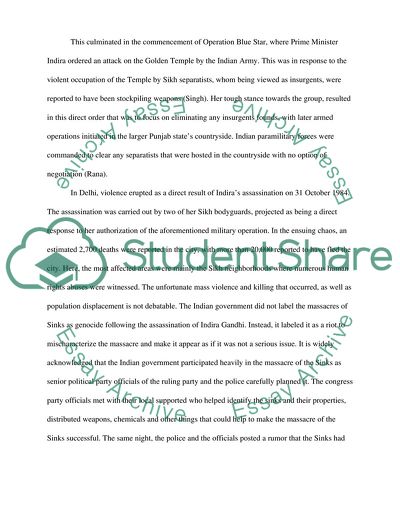Cite this document
(“Crimes Against Humanity and Genocide in India Essay”, n.d.)
Crimes Against Humanity and Genocide in India Essay. Retrieved from https://studentshare.org/social-science/1665362-crimes-against-humanity-and-genocide-in-1984-punjab-india
Crimes Against Humanity and Genocide in India Essay. Retrieved from https://studentshare.org/social-science/1665362-crimes-against-humanity-and-genocide-in-1984-punjab-india
(Crimes Against Humanity and Genocide in India Essay)
Crimes Against Humanity and Genocide in India Essay. https://studentshare.org/social-science/1665362-crimes-against-humanity-and-genocide-in-1984-punjab-india.
Crimes Against Humanity and Genocide in India Essay. https://studentshare.org/social-science/1665362-crimes-against-humanity-and-genocide-in-1984-punjab-india.
“Crimes Against Humanity and Genocide in India Essay”, n.d. https://studentshare.org/social-science/1665362-crimes-against-humanity-and-genocide-in-1984-punjab-india.


